How Islamic Revolution empowered and uplifted women in Iran
By Humaira Ahad
On a cold January evening in the ladies-compartment of the Tehran metro, I saw women discussing their daily engagements in a language that demonstrated their cultured but sophisticated imitability.
They all appeared like working women coming back from their respective workplaces, not exhausted but fresh and happy. This is not the image Western media will show of Iran.
Contrary to reality, the women of Iran are shown as controlled and oppressed. Did the Islamic Revolution really push them back or lift them up to dignified positions and honor? Are they living in a repressive society or one that liberates and empowers them, especially women, in a progressive way?
Historical evidence shows that women in Iran had no adequate political and social rights before the Islamic Revolution. Both politically and socially, they were in a closed and passive space. The school system of the Pahlavi era, Westernized as it was, stopped many females from pursuing education.
Young girls were discouraged from continuing their education, the reason being the Westernized environment in universities and the opposition to Hijab. However, the scenario changed after the Islamic Revolution as the percentage of females in universities rose considerably.
Today, universities in Iran are flooded with women – confident, happy and self-assured. The Muslim-majority country’s literacy rate for women is among the best in the world.
Various studies have credited it to the founder of the Islamic Revolution, Ayatollah Khomeini, who called for the active participation of women, not only in politics but also in higher education and the public sector.
After the Islamic Revolution in 1979, women were given equal rights to shape their futures. The revolution provided them a chance to build their distinct political identity and they have been tremendously successful in doing that.
Iranian women are today far more politically aware and enlightened than their counterparts in other Muslim societies.
According to data, in 1977 only 17 percent of the female population in rural areas were literate. The figure grew to 73 percent in 2017, showing a substantial change brought about by the revolution.
As per the 2020 statistics, the overall literacy rate of women in the country was 85.5 percent, more than that of men at 80.8 percent. Surprisingly this female literacy rate happens to be higher than the global average.
As a strong social value for Iranian women, education is seen as real freedom. Almost 60 percent of all university students are females today. The percentage of women in higher education has increased nearly 21 times since the Islamic Revolution.
Presently, the number of female graduates in medical sciences, basic sciences and humanities exceeds the number of male graduates.
A comparative study was conducted between the Islamic Republic of Iran and Turkey to study female attendance in the universities of the two Muslim-majority countries. The result revealed that 60 percent of females enroll in universities in Iran while only 19 percent enroll in Turkey.
This remarkable improvement in the education sector has had a considerable impact on Iran’s job market as well, with women taking more jobs in both the public and private sectors.
For the first time in the country’s history, the labor force today consists mostly of women specialists. This strong presence of women from all walks of life is playing a significant role in shaping Iran’s future which appears to be bright.
As numbers speak for themselves, let’s take a look at statistics comparing women’s condition in the Islamic Republic before and after the Islamic Revolution.
According to a World Bank report, the number of female board members in various organizations has seen a three-fold increase, growing from 11 percent in 1970 to 30 percent in 2016.
The number of female faculty members in universities has grown more than 17 times in the last 44 years. Women made up only 1.4 percent of teaching staff before the revolution and now the number stands at above 24 percent in higher education.
There was a ten-fold increase in the number of women physicians between 1979 and 2012. Almost 40 percent of all specialized doctors in the country today are women, which is even more than in the United States where the number stands at 34 percent.
In the entertainment industry, there are more than 900 female filmmakers and 20 percent of women serve as managing directors of various media outlets.
Contrary to Western propaganda, the Islamic Revolution has played a significant role in prioritizing the freedom of women.
The Islamic Republic of Iran emphasizes the importance of strong women and strong mothers. The Leader of the Islamic Revolution, Ayatollah Seyyed Ali Khamenei has been quoted as saying that if someone tries to deprive women of scientific work and stops them in their economic, political and social endeavors based on supposedly Islamic views, they act against the divine decree.
This has encouraged women to grow and develop in both individual and social capacities. The progress made by women in the scientific and academic fields has led to the betterment of social and scientific sectors in post-revolution Iran.
In the West, it is wrongly perceived that the backwardness of Iranian women in social and legal matters is due to the Islamic government. The minimal involvement of women in the public sector of Iran before the Islamic Revolution of 1979 was probably due to the imposed Western standards oblivious to the social, cultural and economic realities of Iranian society.
According to the data just quoted, the scenario changed after the Islamic Revolution in 1979. This change has to be credited to the Islamic Revolution that has been breaking down barriers responsible for withholding the opportunities for women to participate in various sectors.
In the present day, Iranian women are seen everywhere, baking bread at bakeries, catering to guests at restaurants, selling pottery and carpets at craft centers, attending to customers at different business establishments, etc.
Women in this country can be seen driving trucks and also flying airplanes. Is this not a significant change that has taken place in Iran and wondrously despite the crippling sanctions that Western hegemonic powers have imposed on the people of this country?
Also, did Iranians not survive the devastating war imposed by the West-backed Saddam regime, making headway on the road to progress despite hardships and difficulties?
The people of the world who are sensible and reasonable appreciate Iran’s Islamic system and see it as a model for people who are being knocked by the neo-imperialist hegemony.
Humaira Ahad is presently pursuing her Ph.D. from a university in Tehran. She has worked with prominent media organizations in India and has been writing for various publications in Kashmir.
(The views expressed in this article are the author's own and do not necessarily reflect those of Press TV.
Israeli aggression against Gaza hospitals ‘flagrant violation’
More pro-Gaza rallies held across Yemen
'Hunger is everywhere in Gaza': UN food agency
Iran dismisses Arab League accusations, says wants stability in Syria
Syria's HTS militants seek ‘peace’ with Israel
VIDEO | Israel violations of ceasefire
Hamas: Israel’s raid on Kamal Adwan Hospital ‘war crime’
VIDEO | TELECOM 2024 brings together ICT firms in Iran


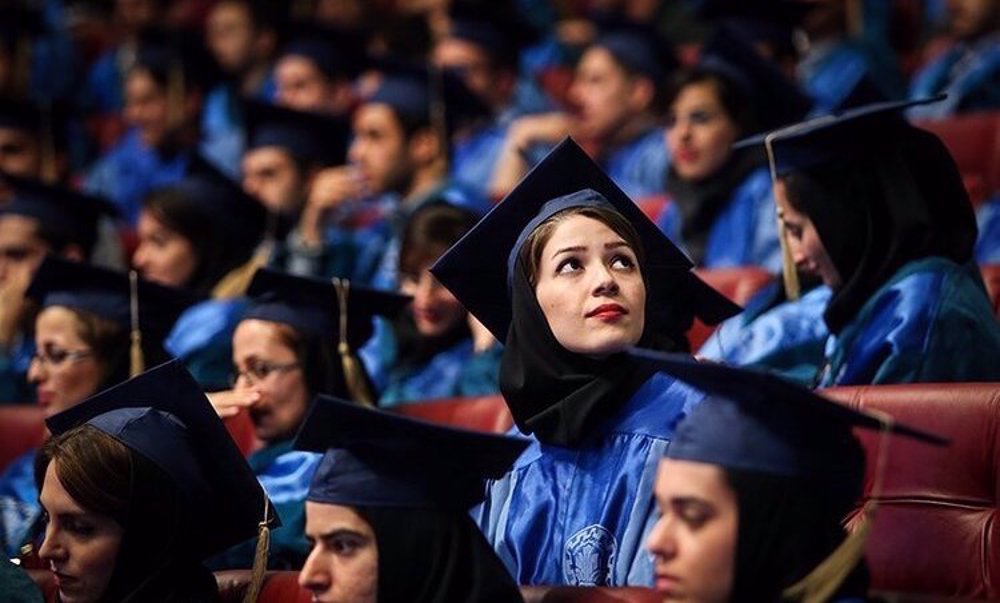
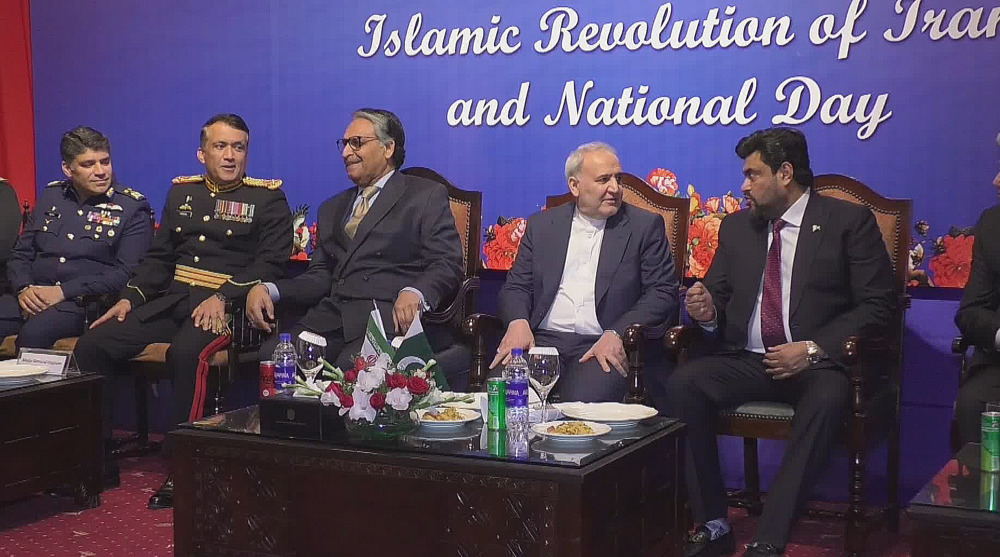
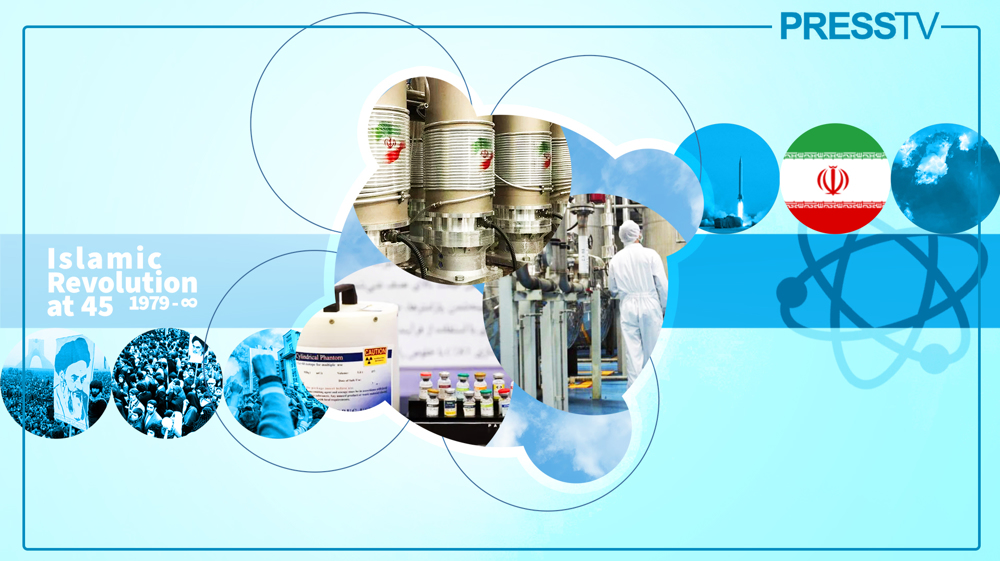
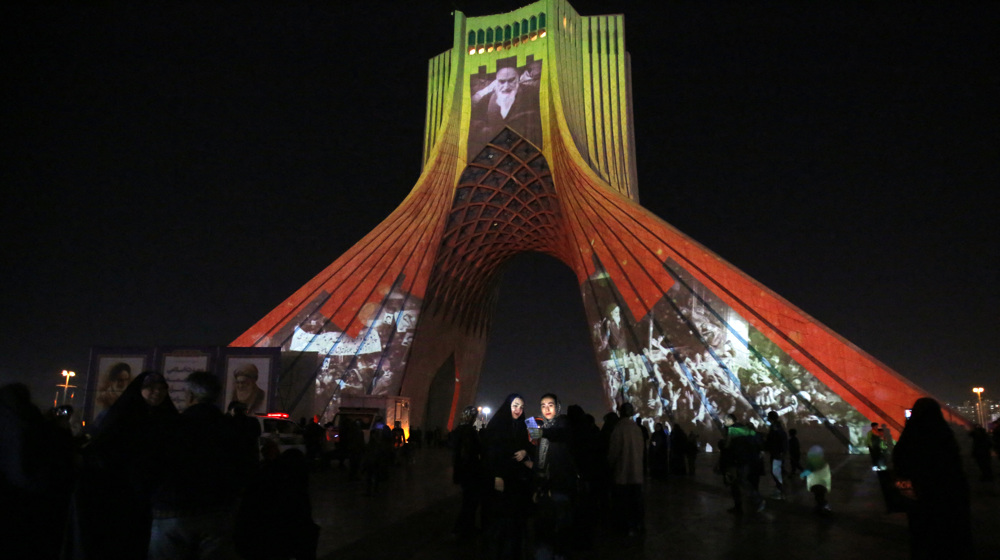



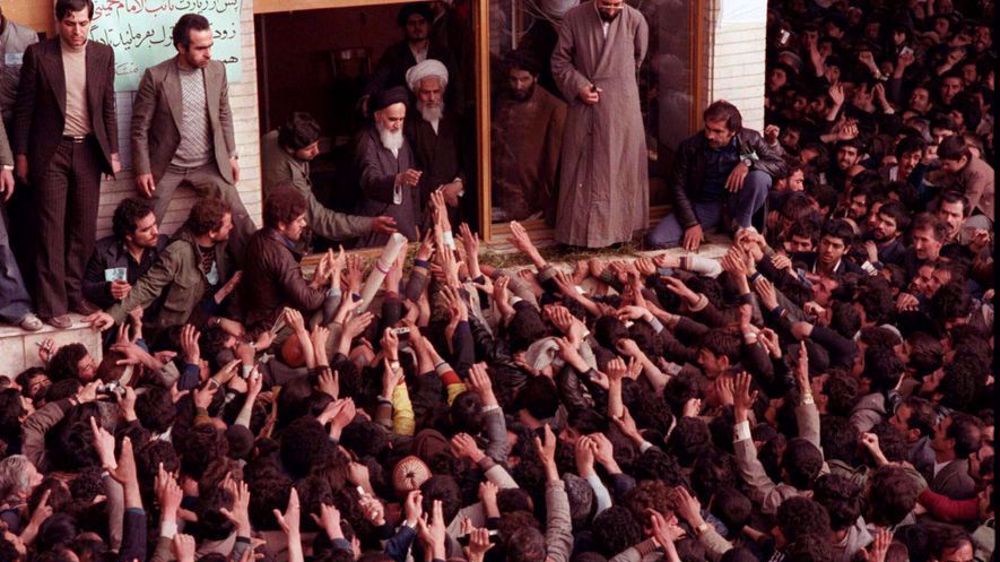
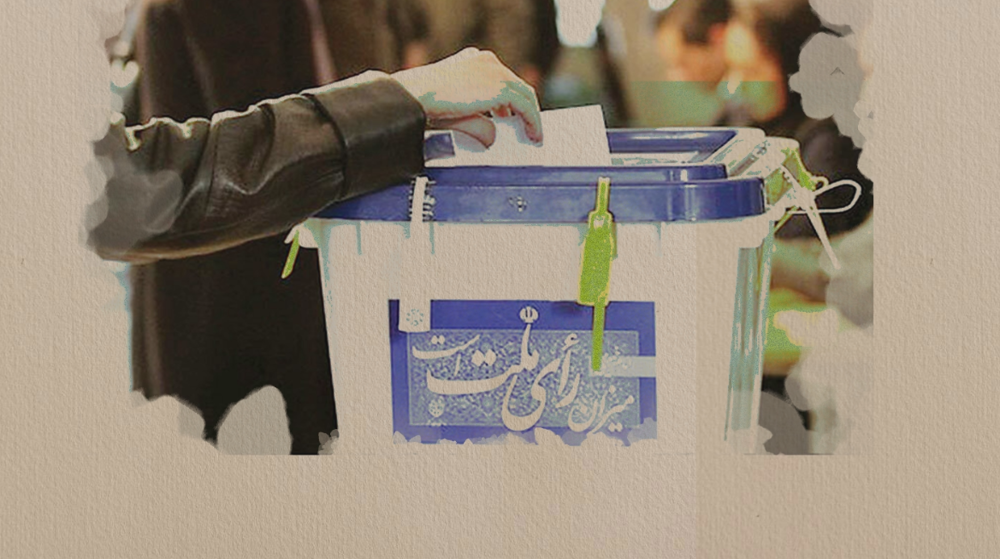
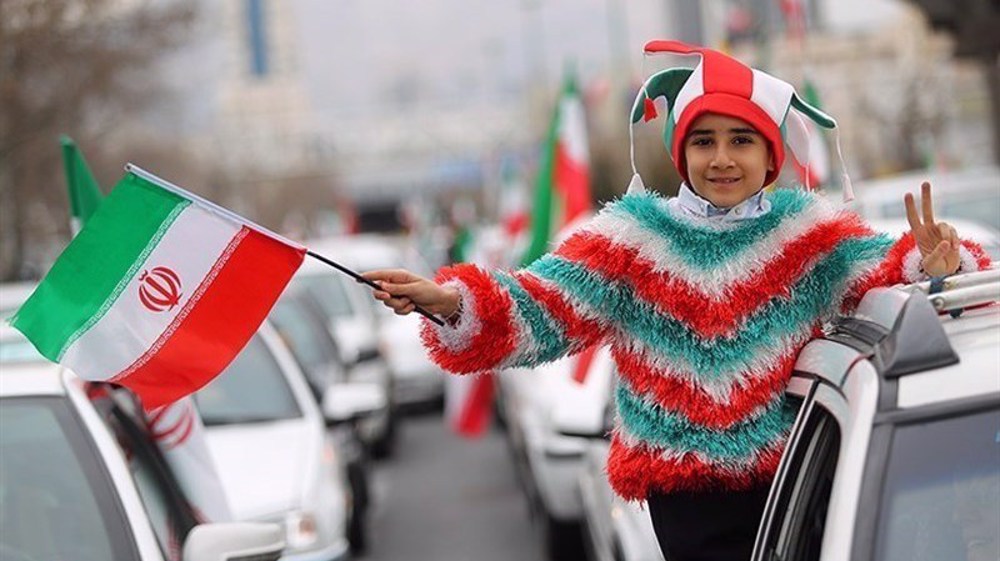

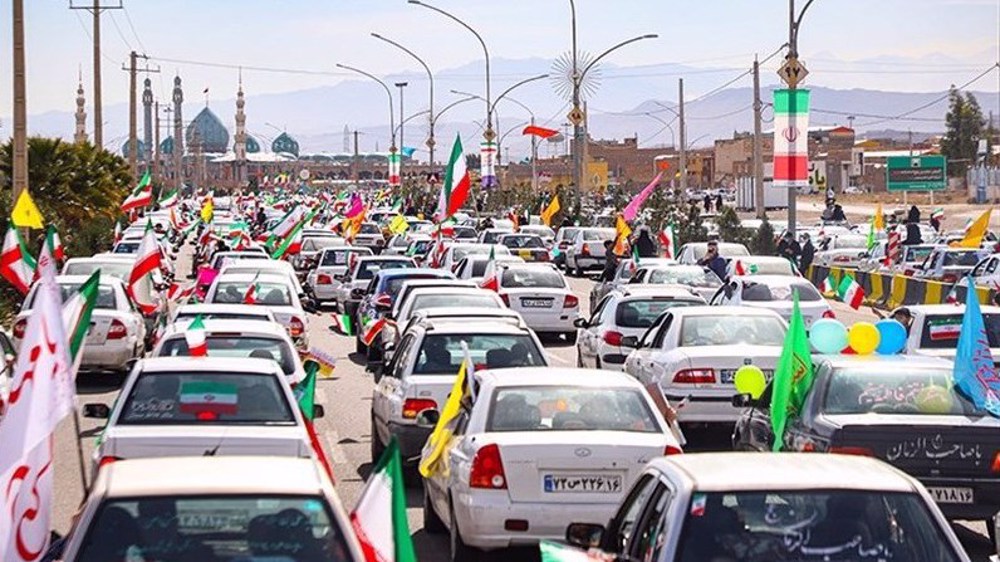

 This makes it easy to access the Press TV website
This makes it easy to access the Press TV website